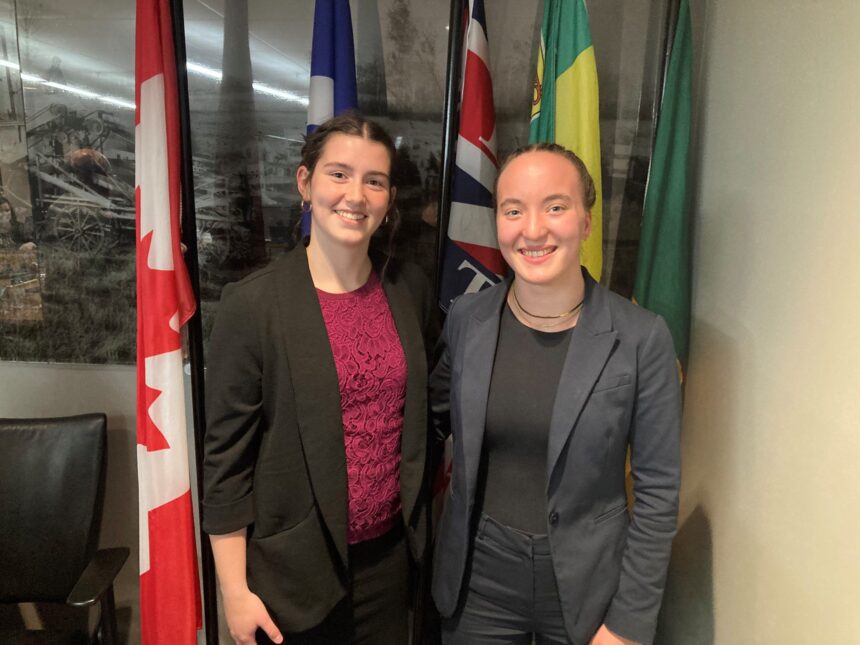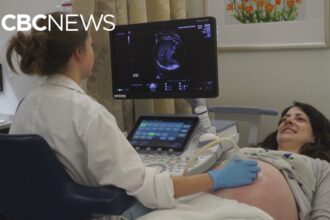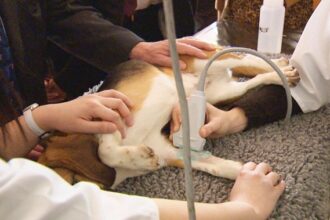In an unprecedented move that could reshape educational frameworks across Canada, Saskatchewan students have successfully catalyzed fundamental changes to the province’s career education system. The Saskatchewan Rivers School Division (SRSC) is now implementing significant reforms after a compelling student-led initiative identified critical gaps in preparing young people for post-secondary decisions.
The transformation began when the SRSC Student Voice Committee, comprised of representatives from district high schools, conducted extensive research revealing that students felt inadequately prepared to make informed choices about their futures. “We were being asked to make decisions that would affect the rest of our lives without being given proper tools to understand our options,” explained Mya Jonasson, a student representative from Carlton Comprehensive High School.
According to data from CO24 News, approximately 68% of Saskatchewan high school students reported feeling anxious about post-graduation plans, with limited exposure to various career paths cited as a primary concern. This student-driven research prompted SRSC to formulate a comprehensive response, moving beyond traditional career fairs to a more integrated approach.
The reforms now being implemented include embedding career exploration throughout all grade levels rather than concentrating efforts in Grade 12. “We’re shifting from a ‘decide at the last minute’ model to continuous career literacy development,” said Superintendent Jennifer Hingley, who has worked closely with the student committee to design the new framework.
The changes align with broader educational trends across Canada that emphasize practical skills and experiential learning. A particularly innovative aspect includes establishing mentorship networks connecting students with professionals across diverse fields, creating tangible pathways between classroom learning and workplace application.
“What makes this initiative remarkable is that students identified the problem, researched solutions, and participated in designing the new approach,” noted education policy analyst Dr. Thomas Chen in comments to CO24 Politics. “This represents a significant shift in how educational policy typically develops.”
Grade 11 student Kayla Morrison from École Debden School highlighted the practical improvements: “Now we’re getting exposure to careers we didn’t even know existed. I’ve discovered entire fields that never appeared on my radar before.”
The reforms include immersive workplace experiences, career speakers integrated into course curriculum, and digital platforms allowing students to explore potential career paths tailored to their interests and aptitudes. Early indicators show a 34% increase in student confidence regarding post-graduation planning since the program’s initial implementation.
Business leaders across Saskatchewan have embraced the initiative, with many companies partnering with schools to provide internship opportunities and workplace visits. “Today’s students are tomorrow’s workforce. This program creates a pipeline of talent that understands our industries before they even graduate,” said Regina Chamber of Commerce President Sarah Johannson.
As other provinces observe Saskatchewan’s student-led transformation, educational experts predict similar approaches may spread across Canadian educational systems. The SRSC model demonstrates how empowering student voices can lead to meaningful institutional change that addresses real needs rather than perceived ones.
As these reforms continue to unfold, a crucial question emerges: Will this student-centered approach to educational policy reform extend beyond career preparation to transform other aspects of our educational system, or will it remain an isolated example of what’s possible when we truly listen to those most affected by our educational structures?










